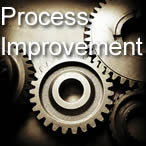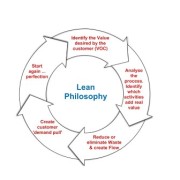Financial Ratios – Liquidity Ratios
In earlier blogs, I spoke about the importance of Profitability Ratios, then Efficiency Ratios. In this blog, I highlight the importance of Liquidity Ratios.
Liquidity ratios are used to determine a company’s ability to pay off its short-terms debts. Short term means 12 months and less.
Liquidity ratios can be of enormous benefit to business owners, Directors and Managers when developing budgets. They tend also to be of great interest to lenders, Creditors, potential investors and prospective Managers and Directors when making decisions as to whether or not to join a company.
Common liquidity ratios include the Working Capital Ratio, the Current Ratio, the Quick Ratio and the Operating Cash Flow Ratio. Read more →





